If you like space, then you might have heard about Sen and their very special cameras that stream live video of the Earth from the International Space Station.
These cameras show a live view from the ISS almost all of the time. If you want to see what it might be like to be an astronaut, then you can now.
International Space Station (ISS) – Facts & Figures
- The ISS is operated by five space agencies: NASA (USA), Roscosmos (Russia), European Space Agency (ESA), Japan Aerospace Exploration Agency (JAXA), and Canadian Space Agency (CSA).
- The station has been continuously occupied since November 2000.
- A crew of seven people travels at about five miles per second and orbits Earth about every 90 minutes.
- In 24 hours, it makes 16 orbits of Earth, experiencing 16 sunrises and 16 sunsets.
- The living/working space is larger than a six‑bedroom house, and includes six sleeping quarters, two bathrooms, a gym, and a 360‑degree view bay window.
- Astronauts aboard the ISS work out at least two hours a day to help counteract loss of muscle and bone mass in microgravity.
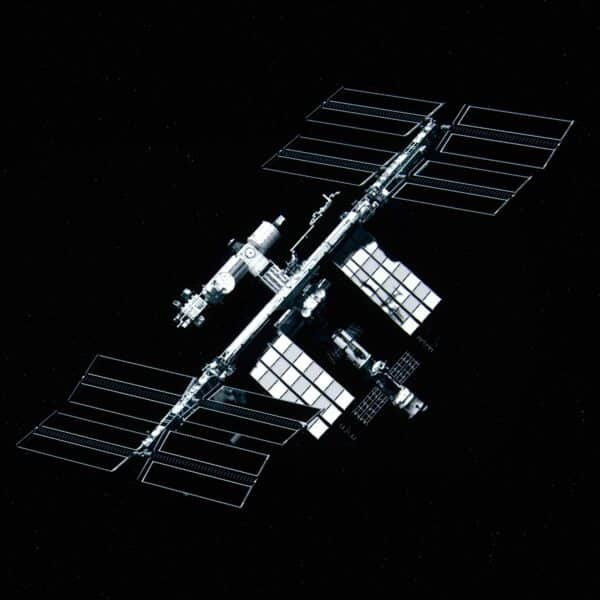
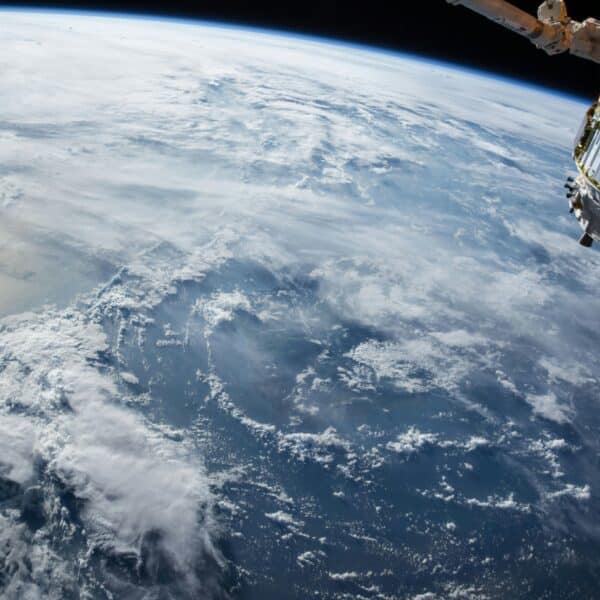

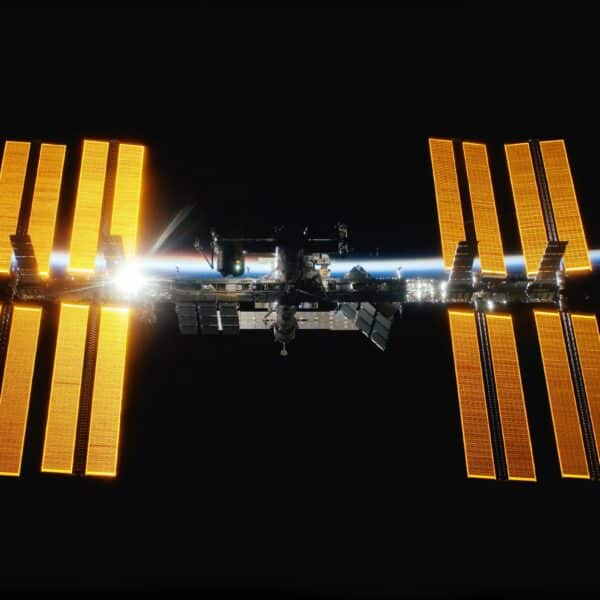
- The solar array wingspan is 356 feet (109 meters). This is longer than the world’s largest passenger aircraft, the Airbus A380 (262 ft / 80 m).
- The ISS has taken more than 3.5 million photographs of Earth from space.
- It was built in 42 assembly flights (37 on U.S. space shuttles, and 5 on Russian Proton/Soyuz rockets).
- Length end‑to‑end is 356 feet (109 metres).
- Eight miles of wire power the station’s electrical system.
- The robotic arm “Canadarm2” is 55 feet long, has seven joints and two end‑effectors, and is used to move modules, deploy experiments and assist spacewalks.
- Up to eight spacecraft can be attached to the station at once.
- A spacecraft can arrive at the station as soon as four hours after launch from Earth.
- Four different kinds of cargo spacecraft deliver supplies: Northrop Grumman’s Cygnus, SpaceX’s Dragon, JAXA’s HTV, and Russia’s Progress.
- Up to Expedition 60, the station hosted nearly 3,000 research investigations from researchers in more than 108 countries.
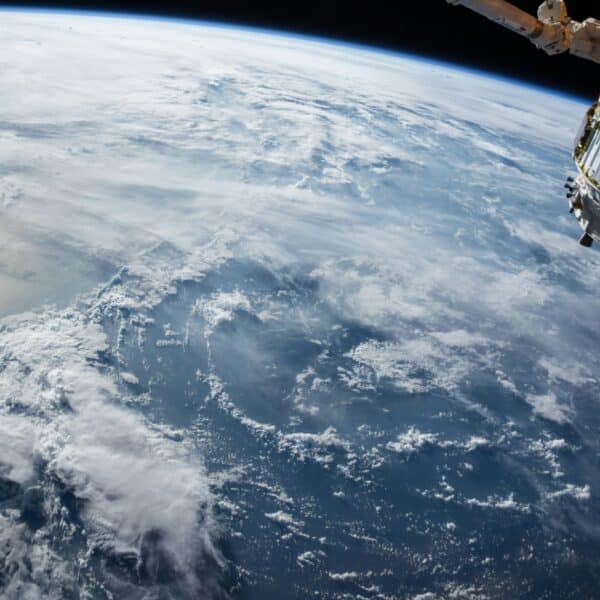

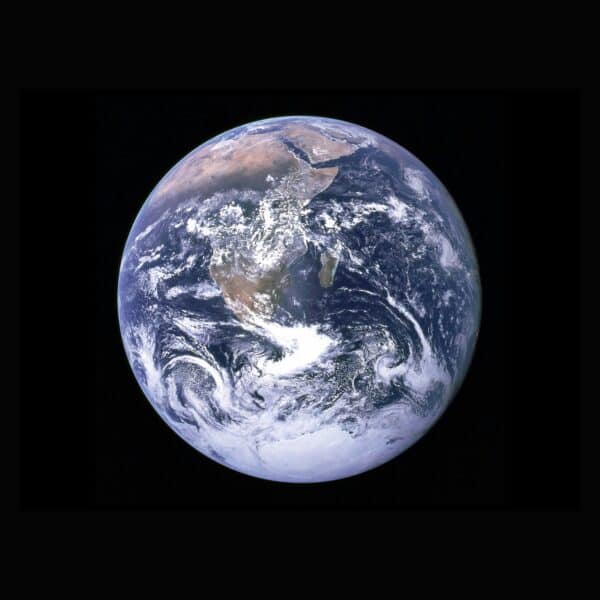
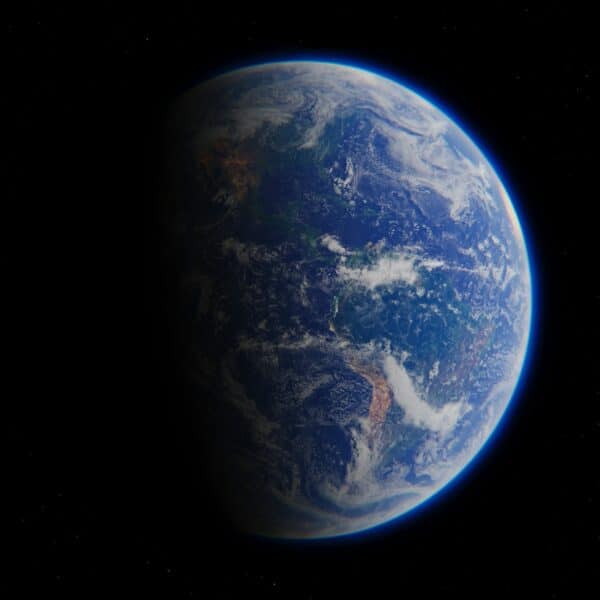
- The station’s orbital path passes over more than 90 % of Earth’s population.
- It can host more than 20 different research payloads on its exterior at once (Earth‑sensing equipment, materials‑science payloads, particle physics experiments, etc.).
- The station travels an equivalent distance to the Moon and back in about a day.
- Its Water Recovery System reduces reliance on water delivered by cargo by 65 %.
- On‑orbit software monitors about 350,000 sensors to ensure the health and safety of the station and crew.
- The pressurised volume is equal to that of a Boeing 747.
- More than 50 computers control the station’s systems.
- More than 3 million lines of ground software code support more than 1.5 million lines of flight software code.
- In the U.S. segment of the station alone, 1.5 million lines of flight software run on 44 computers via 100 data networks, transferring 400,000 signals (like pressure or valve measurements).
Size of the International Space Station
- Pressurised Module Length: 218 feet (67 metres) along the major axis.
- Truss Length: 310 feet (94 metres).
- Solar Array Length: 239 feet (73 metres) across both longitudinally aligned arrays.
- Mass: 925,335 pounds (419,725 kilograms).
- Habitable Volume: 13,696 cubic feet (388 cubic metres) not including visiting vehicles.
- Total Pressurised Volume: 35,491 cubic feet (1,005 cubic metres).
- Power Generation: The eight solar arrays provide 75 to 90 kilowatts of power.
- Lines of Computer Code: Approximately 1.5 million in the main measurement.



Leave a Reply
You must be logged in to post a comment.